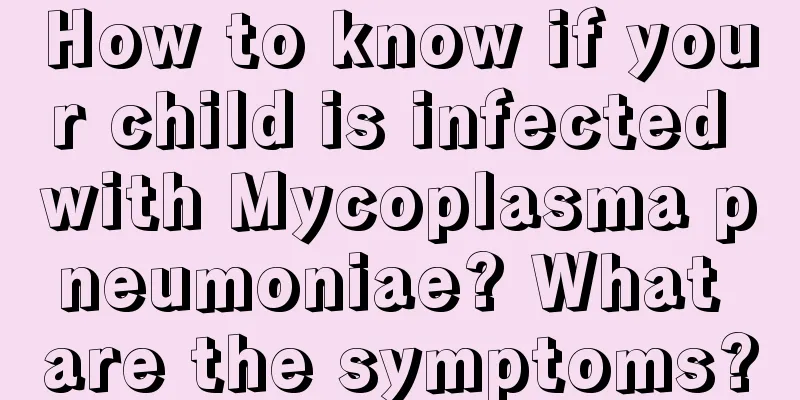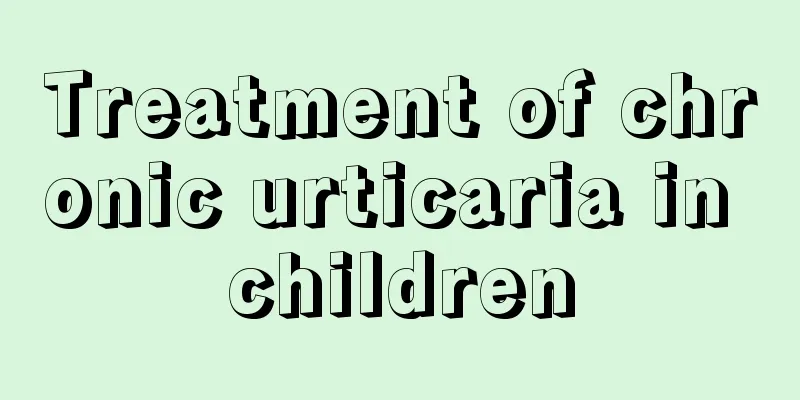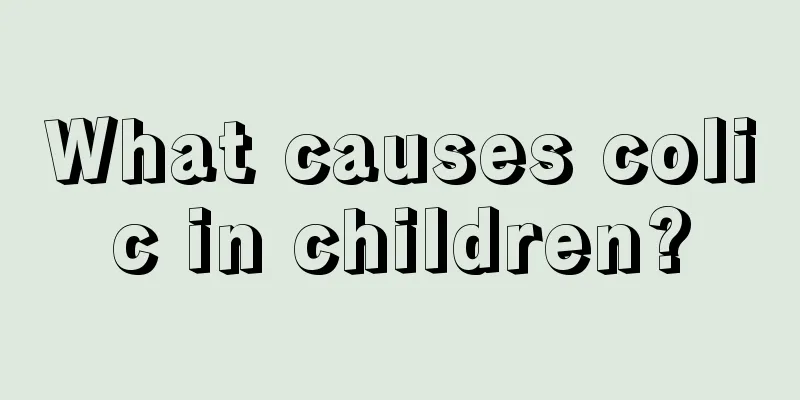How to know if your child is infected with Mycoplasma pneumoniae? What are the symptoms?

|
Mycoplasma pneumonia is pneumonia caused by Mycoplasma pneumoniae. Mycoplasma pneumonia can occur throughout the year, but is more common in autumn and winter. It is mainly concentrated in school-age children, but now infants are also suffering from mycoplasma infection. It is mainly transmitted through droplets. The lung signs are mostly not obvious, but severe cases can threaten life or death. Below, I will introduce the symptoms to you so that you can avoid discovering the disease too late. Most of them have a slow onset, with an incubation period of 1-3 weeks. Symptoms include fatigue, chills, poor appetite, headache, and sore throat; fever occurs 2-3 days later, and the fever pattern is irregular, with low or moderate fever and a fever duration of 1-2 weeks; cough gradually worsens, with cough or small amounts of sputum, sometimes like whooping cough, lasting 1-4 weeks; infants and young children show wheezing and dyspnea, and older children complain of chest tightness and chest disease. A small number of children may have extrapulmonary complications, such as nervous system damage, hemolytic anemia, carditis, polymorphic rash, myalgia, arthralgia, gastrointestinal symptoms, etc. The physical signs are mostly not obvious, but there may be dry or wet rales in the lungs. Otoscope may reveal congestion and hemorrhage of the tympanic membrane, which is an inflammatory change. Children may develop tympanitis and otitis media. A small number of patients may have complications such as blood (acute hemolysis, thrombocytopenic purpura) or nerve (peripheral neuritis, pleurisy, etc.) or Raynaud's phenomenon (intermittent pallor or cyanosis of the limbs and pain when exposed to cold), which prolongs the course of the disease. Physical examination may reveal pharyngeal congestion and cervical lymphadenopathy. Lung signs are often not obvious, local breath sounds are reduced or there are a small amount of dry or wet DG sounds, and occasionally pleural effusion. Patients with extrapulmonary complications may develop corresponding signs. As can be seen from the above, the symptoms of Mycoplasma pneumonia are varied. I hope that parents can understand the seriousness of Mycoplasma pneumonia infection. Only by fully understanding and mastering the symptoms can timely and comprehensive treatment be carried out in the process of treating children with Mycoplasma pneumonia, thereby alleviating the condition of pediatric patients and preventing the condition from worsening. |
<<: What happens to children with meningitis?
>>: How should allergic asthma in children be treated?
Recommend
What to do if your baby has a runny nose due to a cold
All aspects of the baby are in a state of develop...
What causes lymphoma in children?
In fact, from current observations, we can find t...
Why can't my three-month-old baby smile?
Although it is not a big problem if a 3-month-old...
Methods for regulating the stomach and intestines of children
The physical health of young children is an issue...
What is the reason for late teething in babies?
In our daily life, many mothers worry about their...
What should I do if my child’s face turns red due to allergies?
Children's faces are often allergic. At this ...
What should I do if my child has tooth decay?
Many children may have tooth decay in their daily...
What are the causes of hair loss in three-year-old babies?
If a three-year-old baby loses his hair, parents ...
What should I do if my baby’s penis is red and swollen?
Everyone grows up from a baby. When we were babie...
What to do if the back of a newborn's head is uneven
After a child is born, the body begins to develop...
How to clean newborn baby eczema with honeysuckle
It is very common for newborns to have eczema. Ec...
What is the reason for delayed tooth replacement in children?
Children will go through the stage of tooth repla...
What is the complete recipe for a one year and three month old baby?
Every family hopes for the healthy growth of thei...
Reasons for shortness of breath in 1-year-old baby
The breathing rates of adults and children are ac...
How to feed frozen milk to babies
Most postpartum women, when their milk supply is ...









